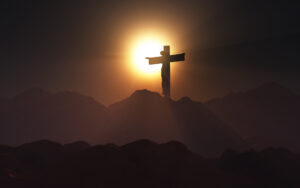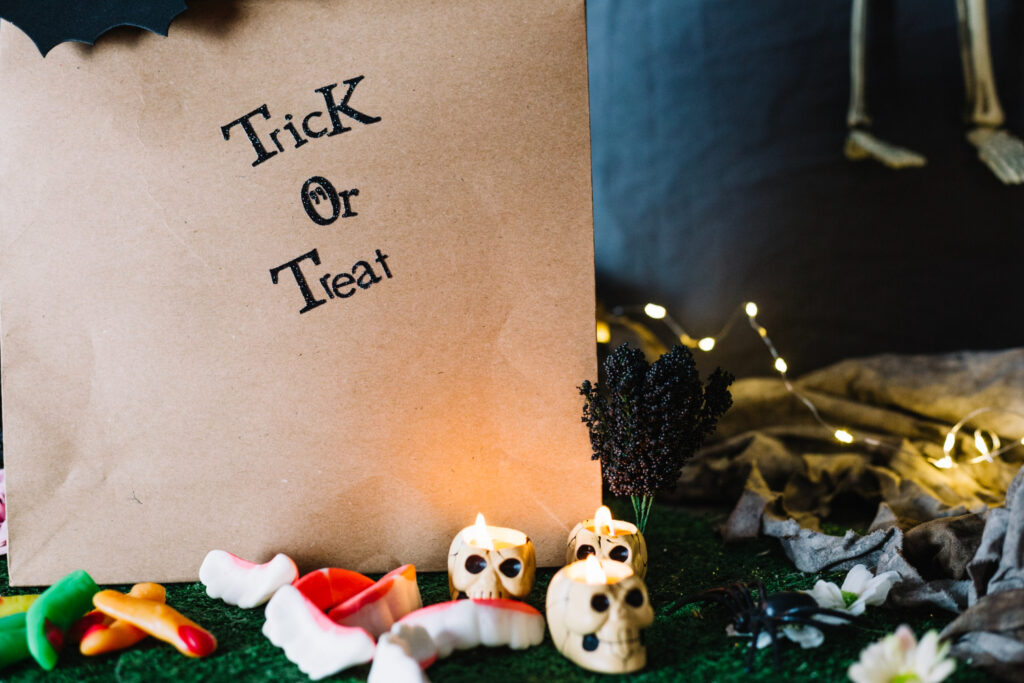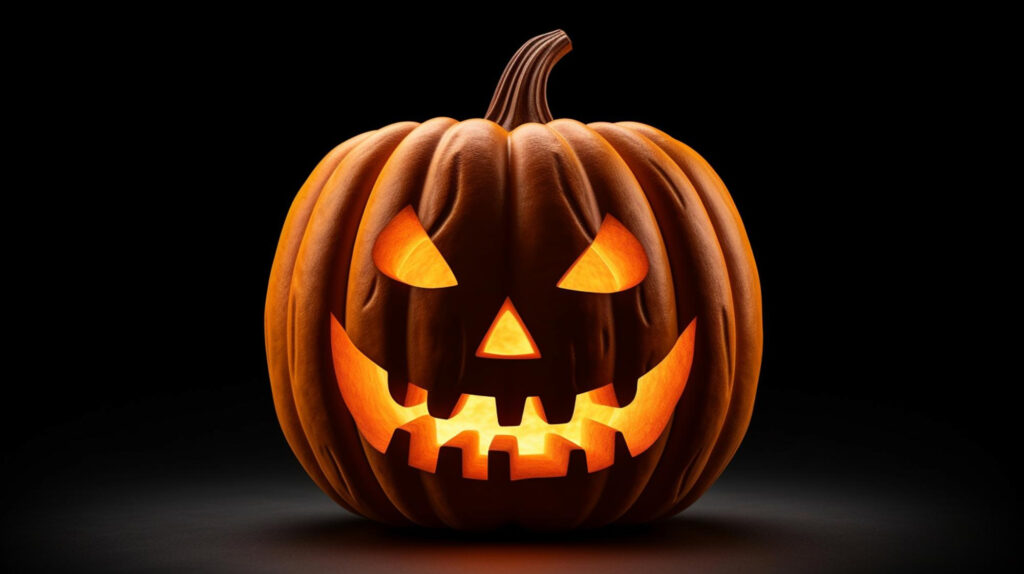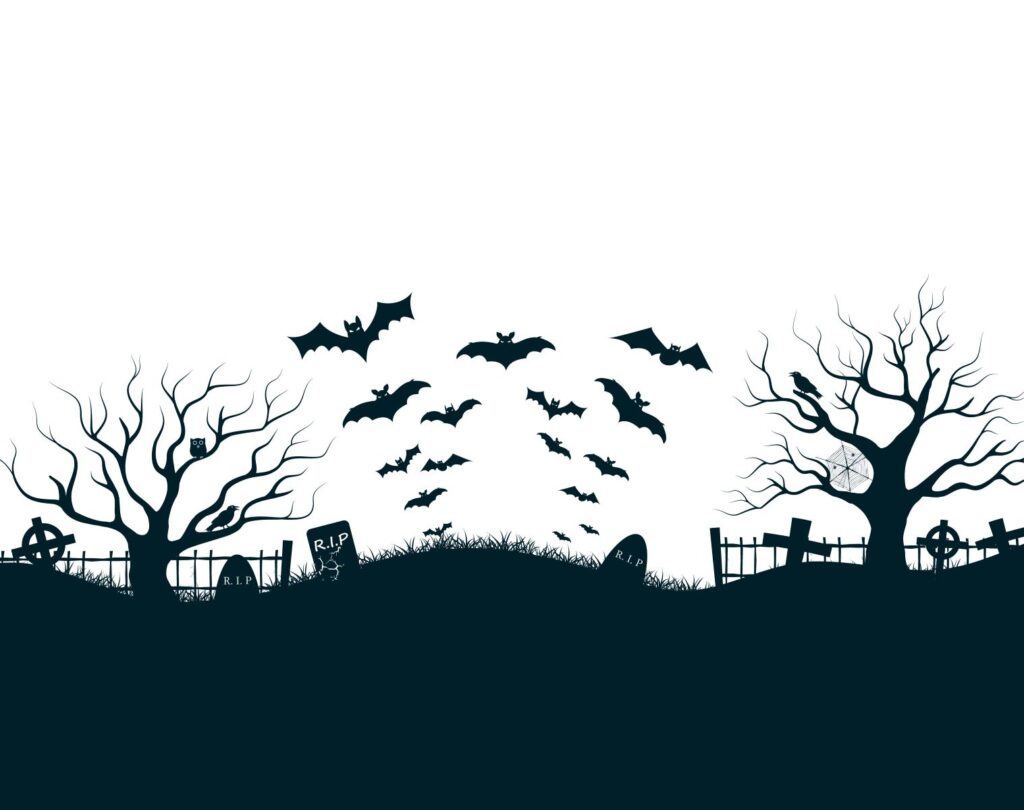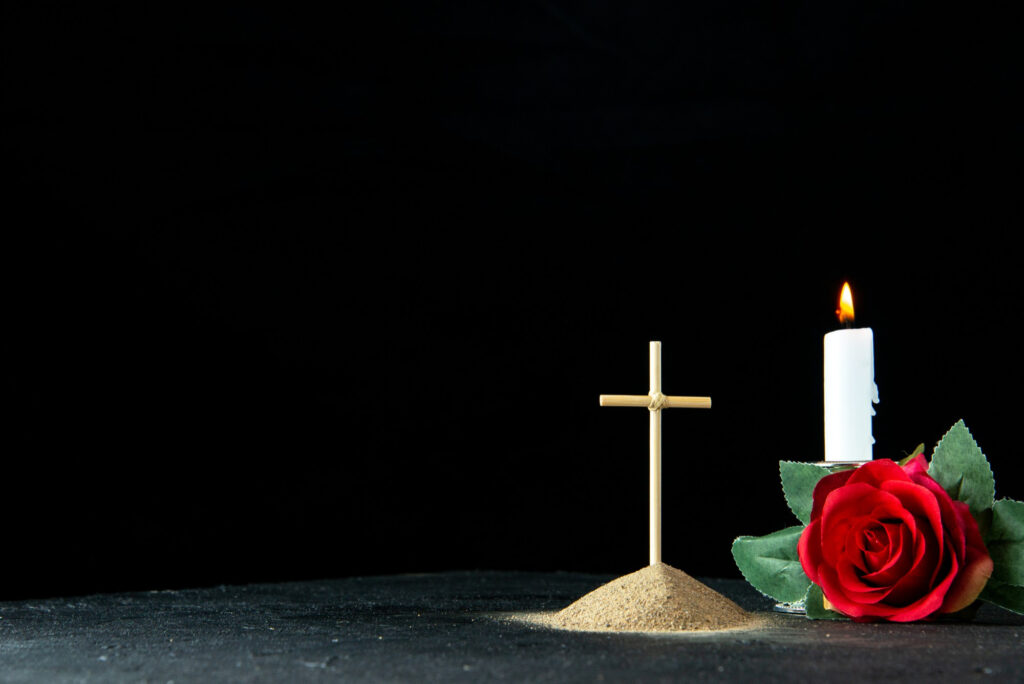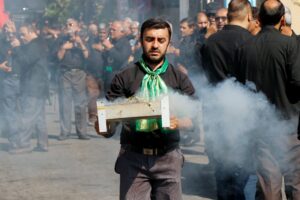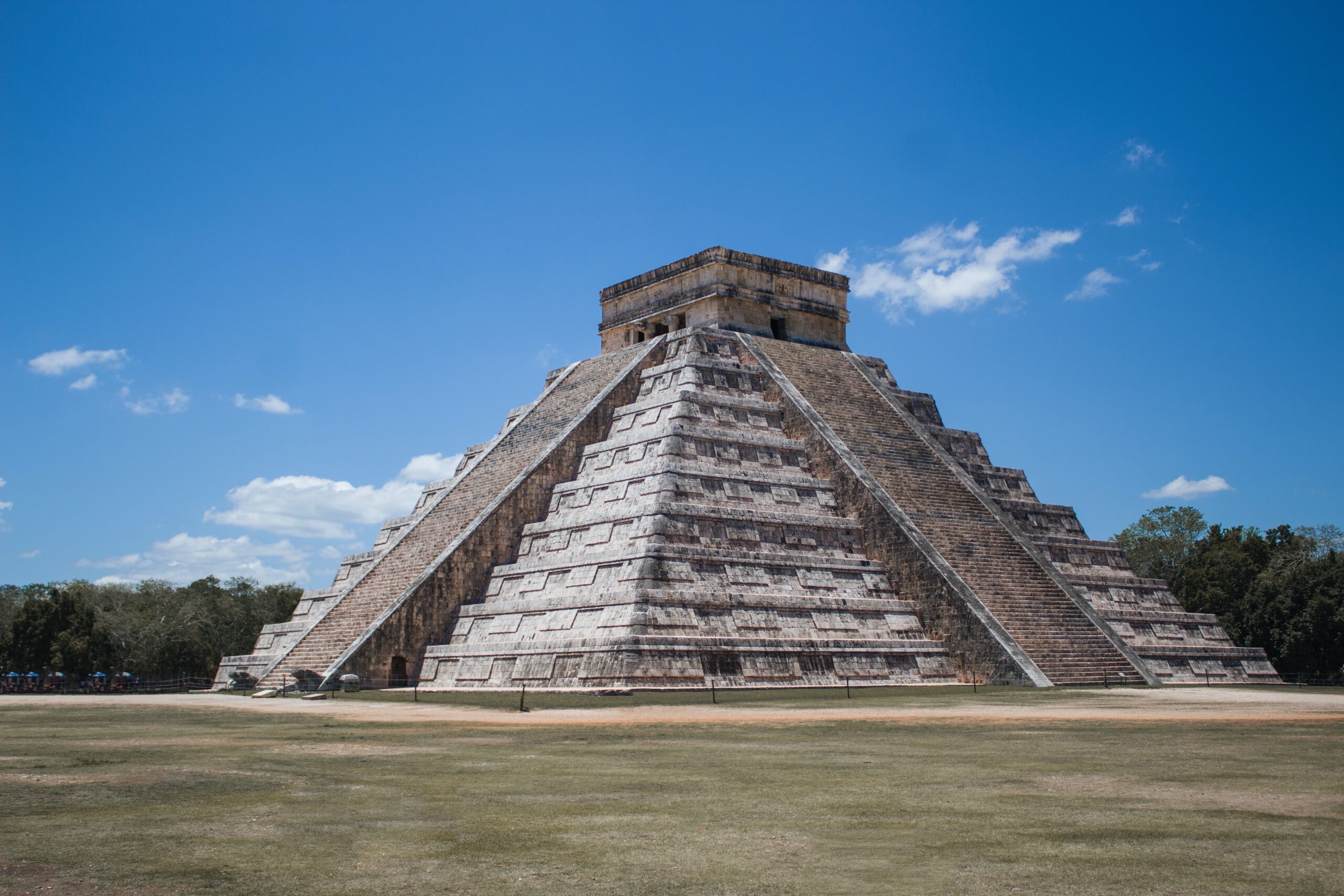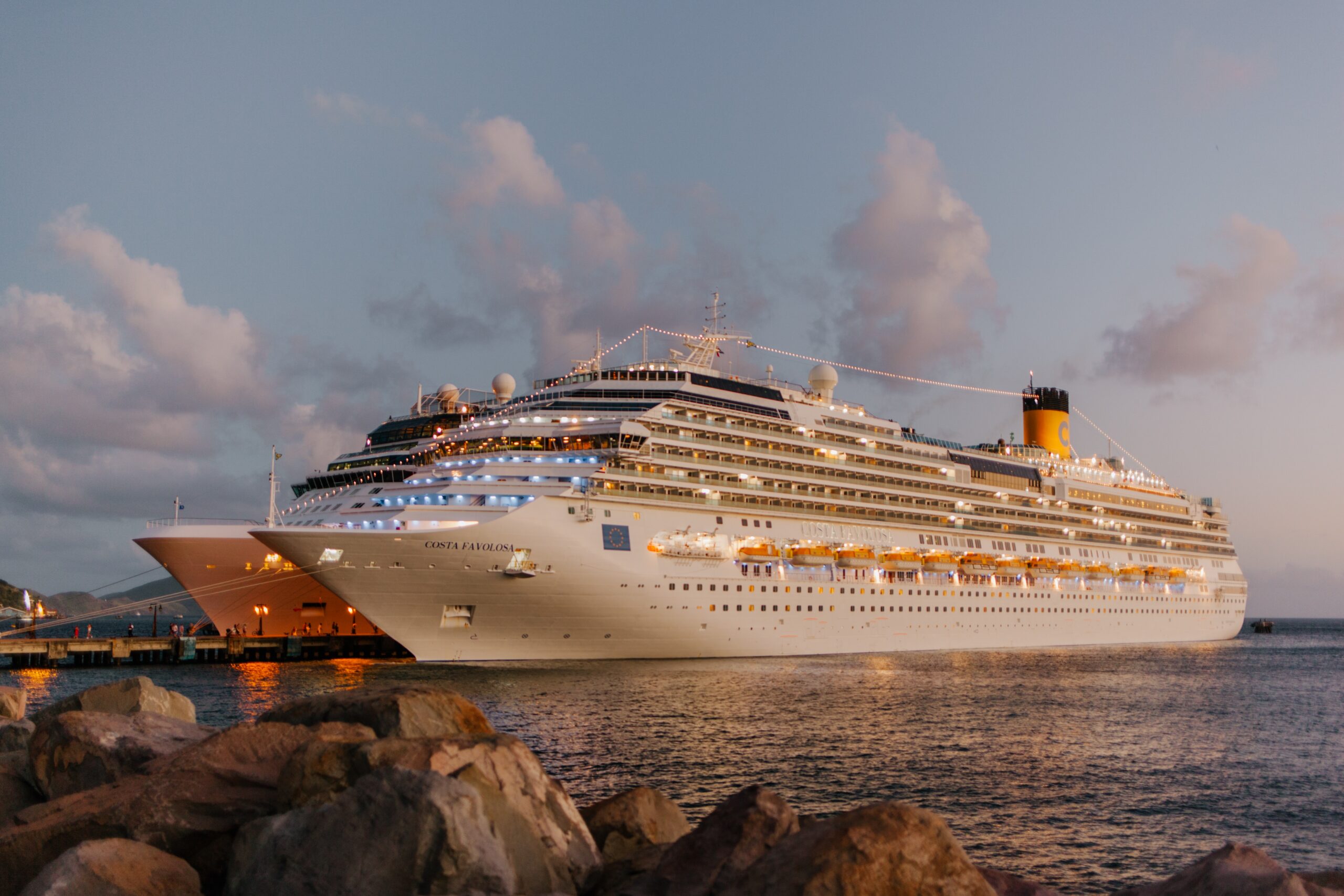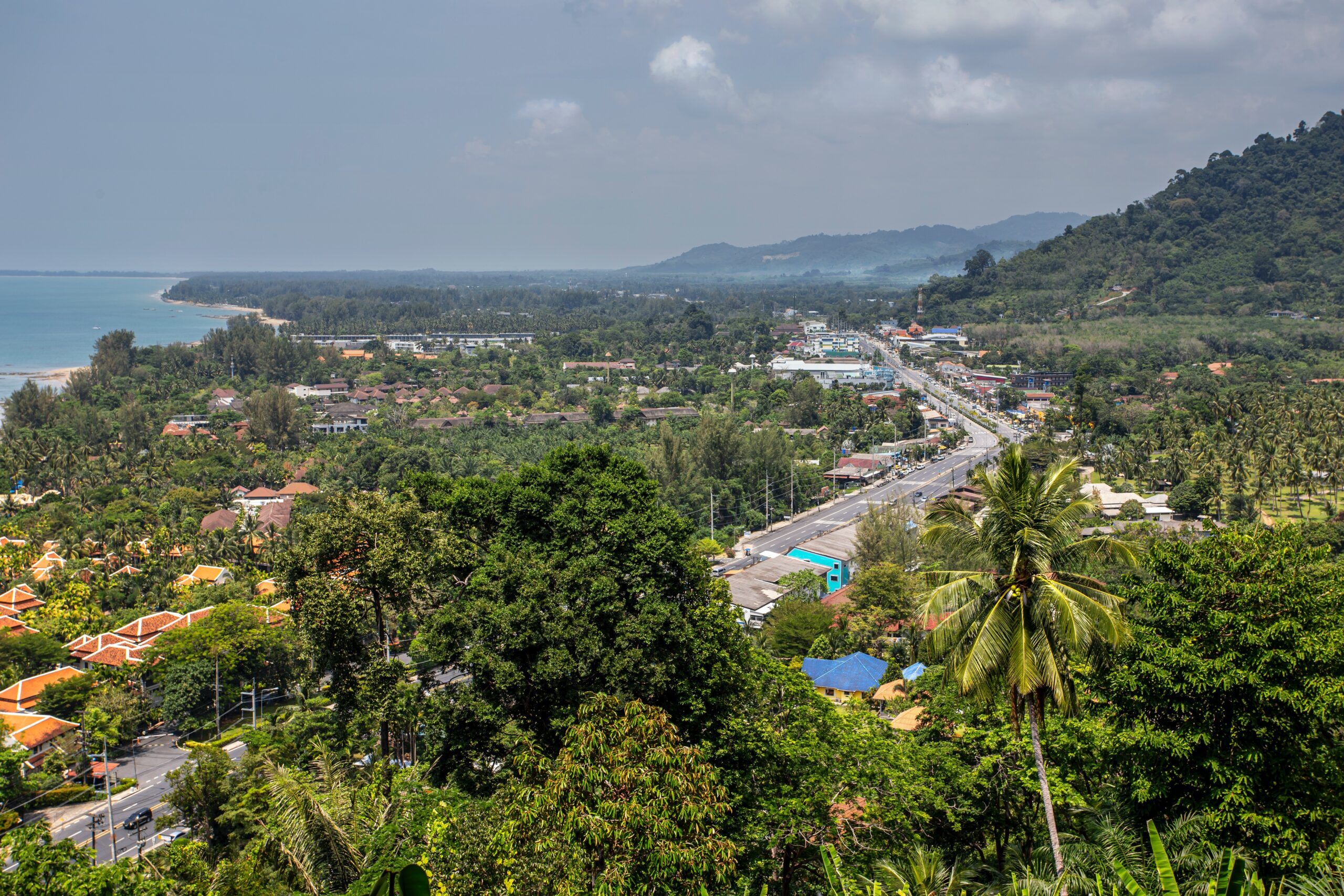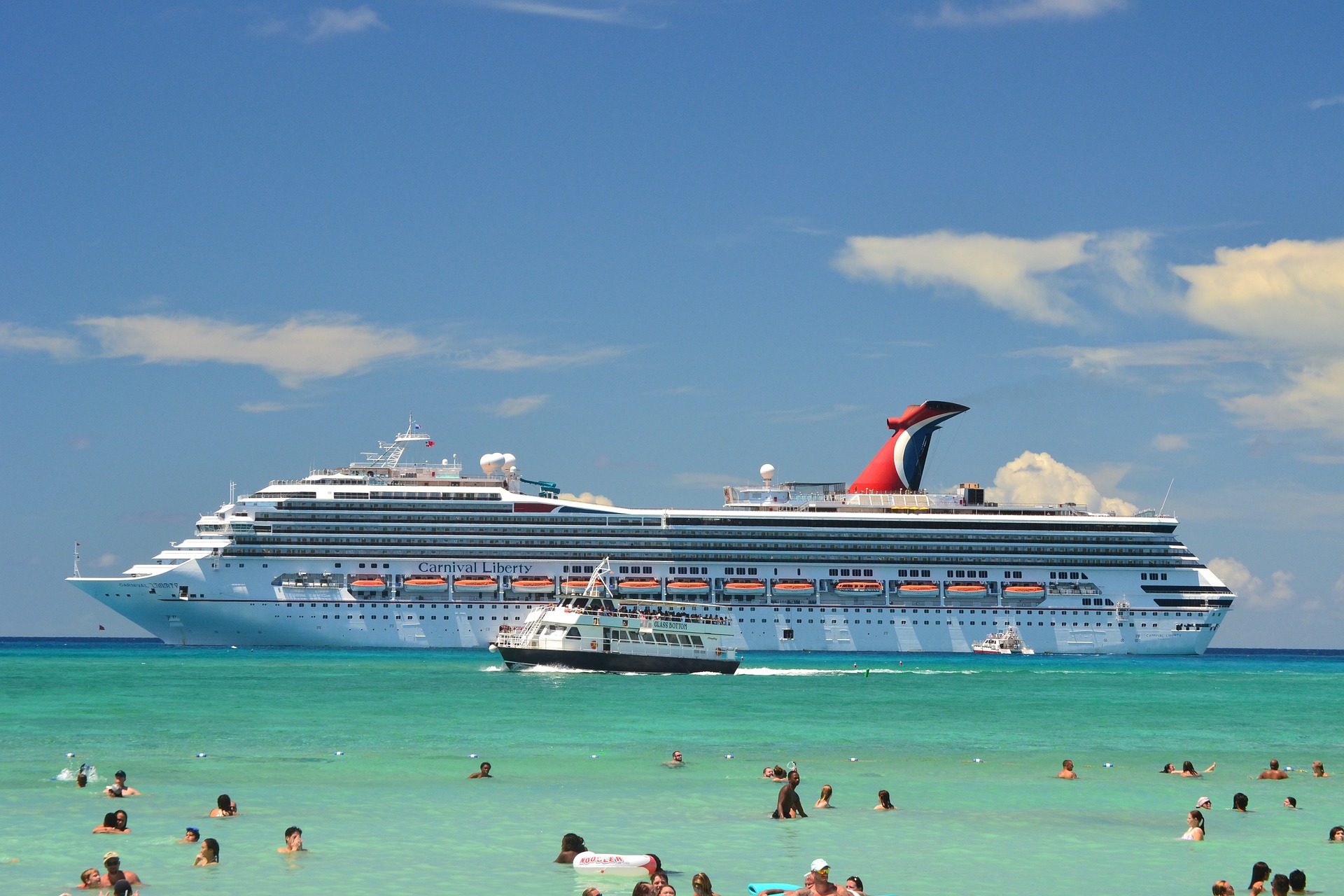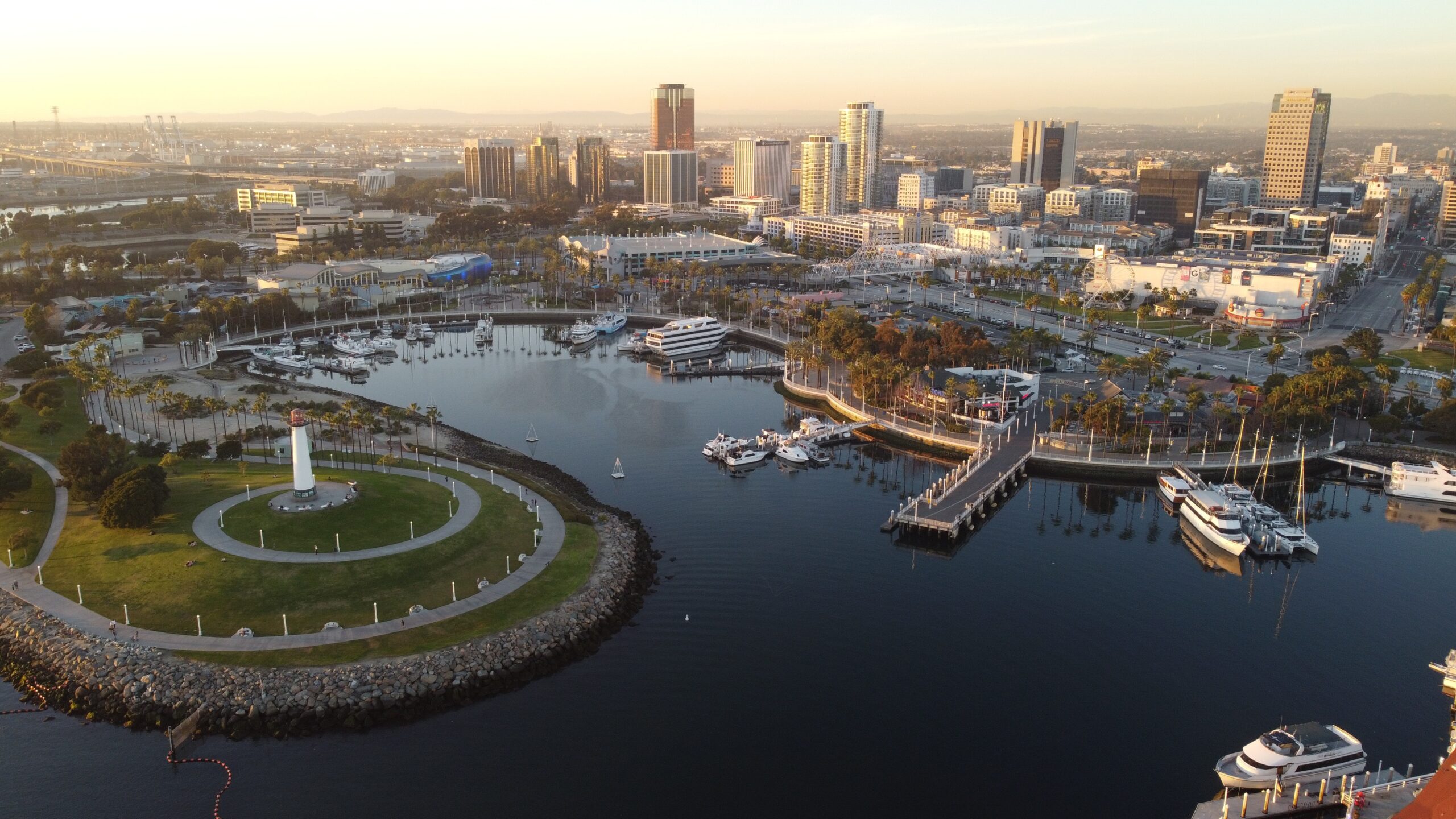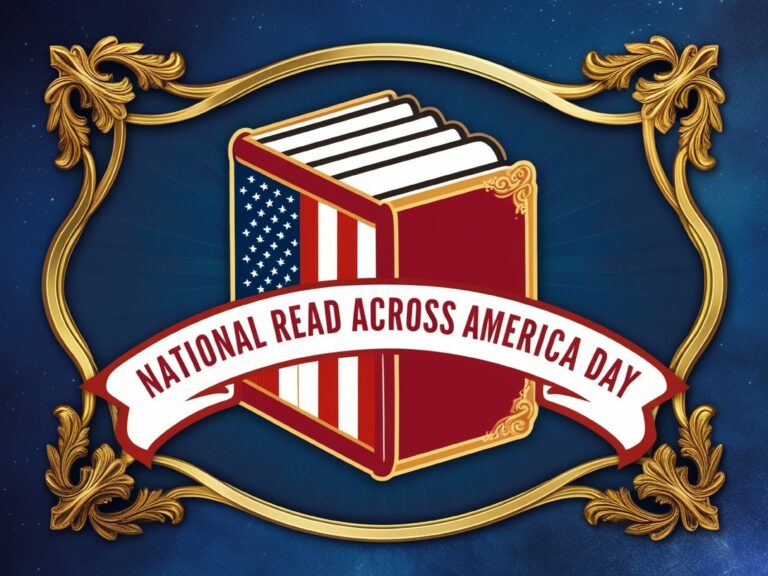The day is also celebrated as an honoring of the deceased, so some observers will commemorate deceased relatives and friends. Some traditions teach of a bond between the living, heaven, and purgatory, an intermediate state of sorts between earth and heaven, and so honoring deceased souls may aid them in purgatory. All Saints’ Day is considered the second day of Hallowmas, the three festival observances of All Hallows’ Eve, All Saints’ Day, and All Soul’s Day. In order to be considered as a saint on All Saints’ Day, one must achieve beatific vision once in heaven.
Many nations, especially with a large Roman Catholic population, consider All Saints’ Day a public holiday. Churches may hold special All Saints’ themed services, but most traditions are heavily specific to culture and their background be divided into an East and West tradition.
Eastern Christians began celebrating All Saints’ Day in the ninth century. The Byzantine Emperor, Leo VI, wanted to build a church in this wife’s honor, but religious leaders would not let him. He decided to build a temple dedicated to “All Saints,” believing that his wife was righteous enough to be among the honored. He expanded the feast of All Martyrs to All Saints in order to include her in the festivities.
In the West, All Saints’ Day celebrations started around 610. Pope Boniface IV dedicated the Pantheon to martyrs and the Blessed Virgin and established a feast in their honor. The festival was not consistently observed until 835, when Pope Gregory IV established the holiday. Many believe the date, November 1st, was chosen to counteract the Festival of the Dead, or Samhain.
Some general traditions celebrated in many countries:
- Observers may visit the graves of relatives and place flowers or candles on them.
- A church service along the themes of heaven, the afterlife, or purgatory.
- A service dedicated to the saints.
- The cleaning and beautification of gravesites.
- Catholic observers consider All Saints’ Day a Holy Day o Obligation, meaning they must attend mass.
- Fasting, which is sometimes only practiced during nighttime events.
The Methodist Church thinks of all church members as saints, meaning that their celebration honors the members as well. Mexico celebrates the Day of the Dead, where friends and family gather to pray for deceased relatives. They may build altars in their honor with skulls, marigolds, and the deceased’s favorite food and drink.
In the Philippines, gatherers will spend the day and sometimes the night in the cemetery holding picnics. A recent tradition is to bring Karaoke supplies and fireworks. Children in Portugal will go door to door collecting sweets, similar to the Halloween tradition. The French may go to cemeteries to find obscured or unmarked graves to honor, as the day is dedicated to those who do not otherwise receive recognition.
The night before All Saints’ Day, some churches observe All Hallows Eve with a candlelight vigil, which has evolved in some cultures to Halloween. However, churches generally do not recognize Halloween celebrations, considering the only as the eve of All Saints’ Day. It was believed that the souls of those who had deceased in the last year wandered Earth until this day. As it would be the last time that they could settle scores with enemies, many wore costumes in order to confuse these spirits. These treats include pomegranates, other fruits, and nuts.
